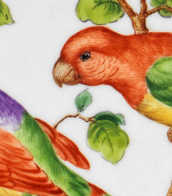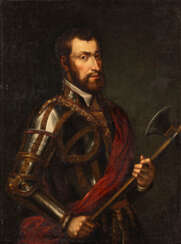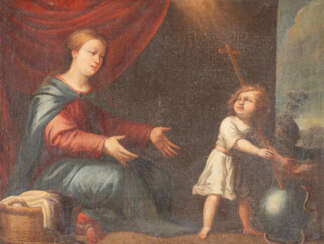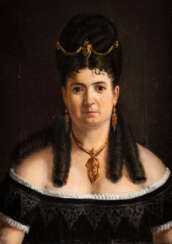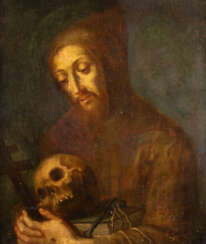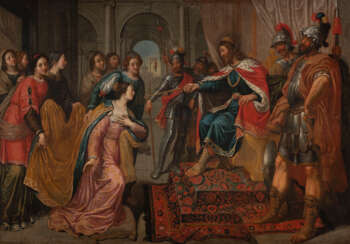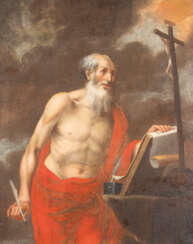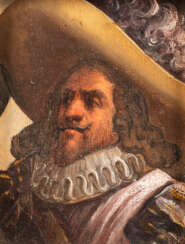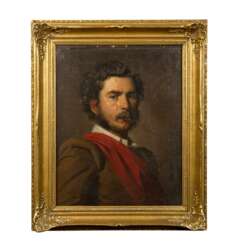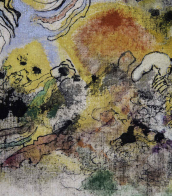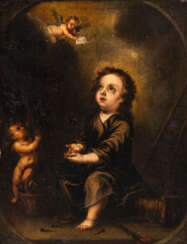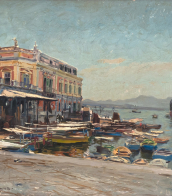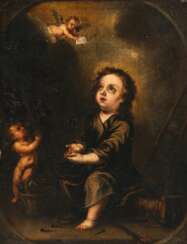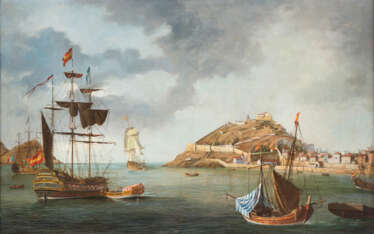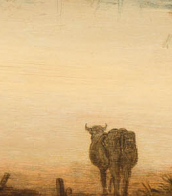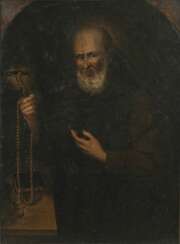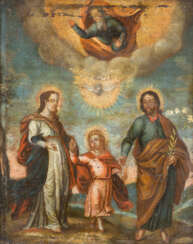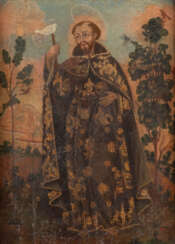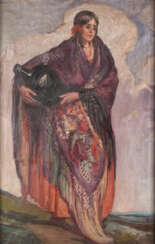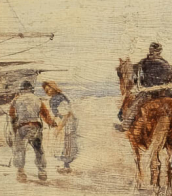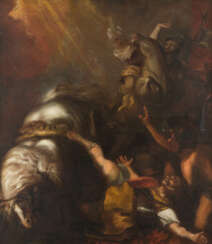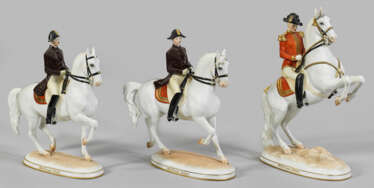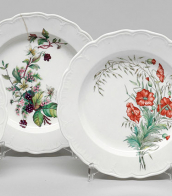spanish school spanische schule

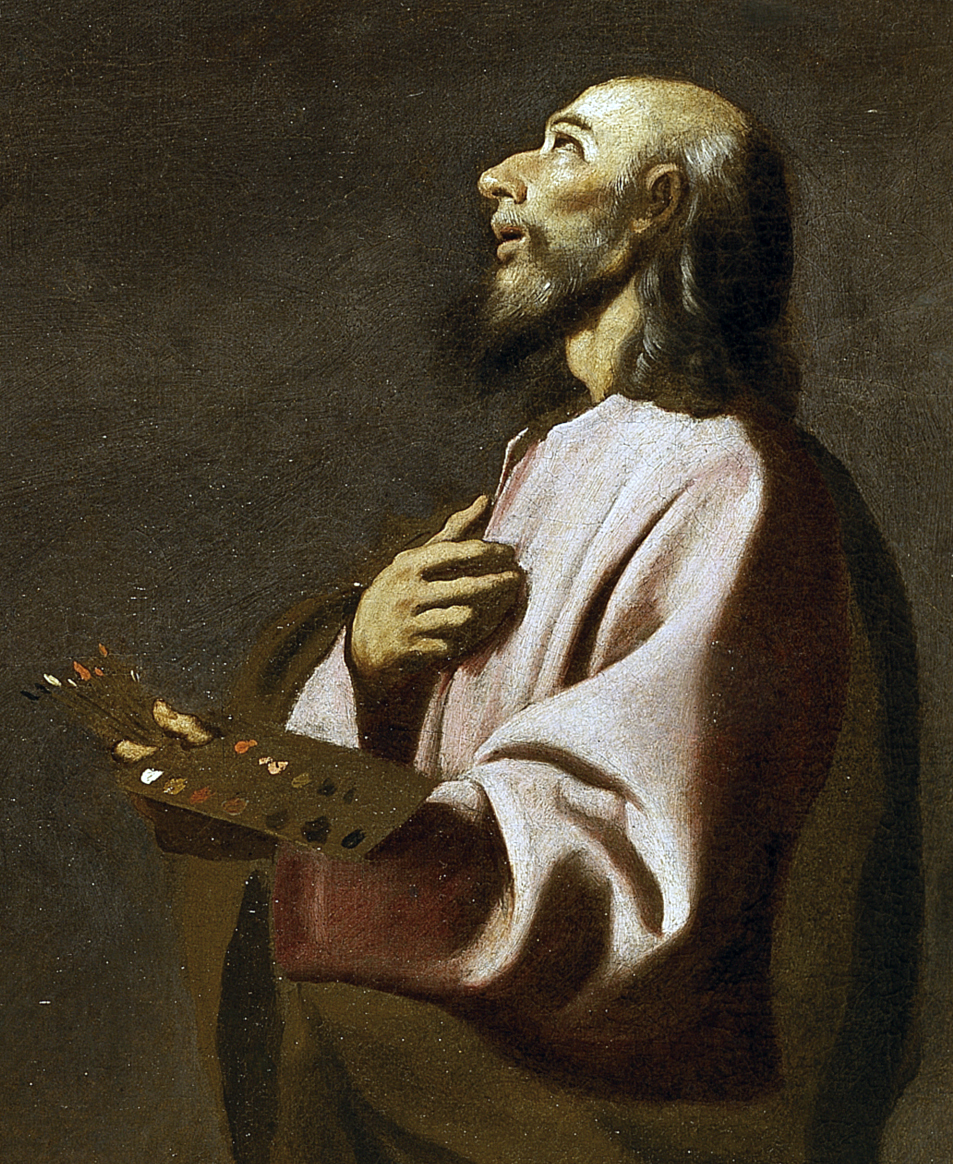
Francisco de Zurbarán was a Spanish painter, celebrated for his profound religious paintings and his skill in using chiaroscuro, which emphasized dramatic contrasts between light and dark. Born in Fuente de Cantos, Extremadura, in 1598, Zurbarán's work is marked by a stark, realistic style that earned him the nickname "Spanish Caravaggio".
His early years in Seville were foundational, leading to significant commissions that established his reputation. Among these was a contract with the Dominican monastery San Pablo el Real in Seville, for which he produced 21 paintings within eight months, depicting the life of Saint Dominic and other religious figures. His work was characterized by a direct and spiritual nature, as seen in his portrayals of monks, nuns, and martyrs, as well as his still-life compositions.
Despite facing a decline in reputation towards the latter part of his career, overshadowed by the sentimental religiosity of Murillo, Zurbarán's influence persisted. His later years saw him moving to Madrid, where he died in 1664. Zurbarán's ability to convey monastic sentiments and a realistic presentation of nature, along with his innovative use of light, have cemented his legacy as a major figure in Spanish Baroque painting.
For collectors and experts in art and antiques, Zurbarán's works offer a glimpse into the spiritual and aesthetic sensibilities of the Spanish Baroque era. His paintings, such as those housed in the National Gallery, London, and the Museo Nacional del Prado in Madrid, continue to inspire and captivate audiences with their intensity and devotion.
To stay updated on new discoveries and auction events related to Francisco de Zurbarán's work, sign up for updates. This subscription will keep you informed about sales and events specifically related to this key figure in Baroque art, ensuring you don't miss an opportunity to engage with Zurbarán's enduring legacy.


